
The pestle pulling festival is a unique traditional cultural feature of the Pa Then ethnic group and is also a famous festival among the myriad of festivals in Ha Giang. This festival has many interesting and surprising things, imbued with the culture as well as closely linked to the daily life of the Pa Then people.
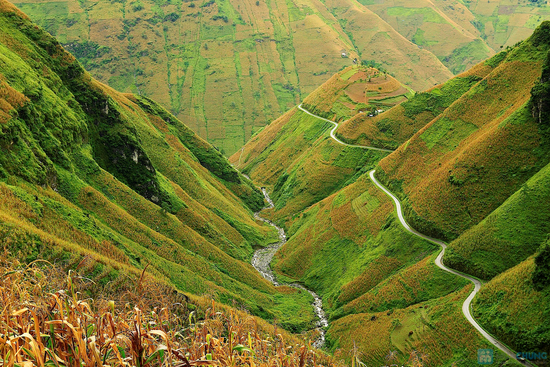
The Pa Then ethnic group in Ha Giang live in relatively low-lying areas with economic activities based on subsistence farming and shifting cultivation.

When the government began to care and support, people's lives became more stable, life became less difficult and deprived. People knew how to take advantage of favorable natural conditions and fertile land to develop farming to eliminate poverty.
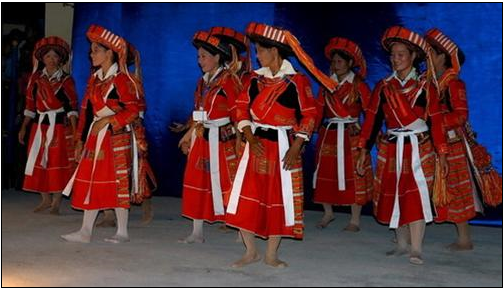
The Pa Then ethnic group chose the pestle pulling ceremony to take place after the rice harvest so that people have space to enjoy and celebrate the harvest season and at the same time to unite the brotherhood in the village. After the harvest season, the authorities in the Pa Then ethnic group gathered the villagers to choose the best day to hold the pestle pulling ceremony and they chose the 16th day of the 10th lunar month every year as the day to hold this festival.
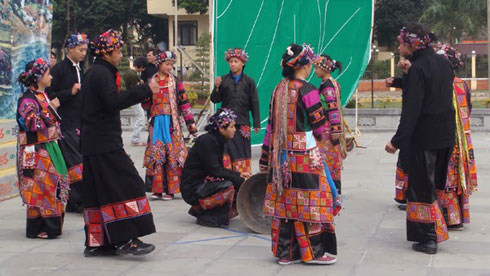
The people who participate in the pestle pulling are usually good at martial arts, strong and have to practice very elaborately, at the same time must know how to chant magic to lift the pestle off the ground, although many young people try to pull the pestle down by all means but cannot pull it. The most unique feature is using magic to lift the pestle, attracting all eyes as well as the surprise of tourists.

To prepare for the pestle pulling festival, usually 2 or 3 days before, the teacher - the leader uses a pestle made of wood or bamboo, about 10cm in diameter and 2.5 - 3cm long, holds it in his hand and rotates it back and forth several times while chanting a mantra.
Immediately after the master chanted the spell, two strong, healthy young men of the Pa Then ethnic group held the pestle in opposite positions. The two young men had the task of rotating the pestle while the master chanted the spell. A moment after the master chanted, the pestle automatically lifted up and rotated until someone covered the upper or lower end of the pestle with their hands, then it touched the ground and the pestle pulling ceremony ended.
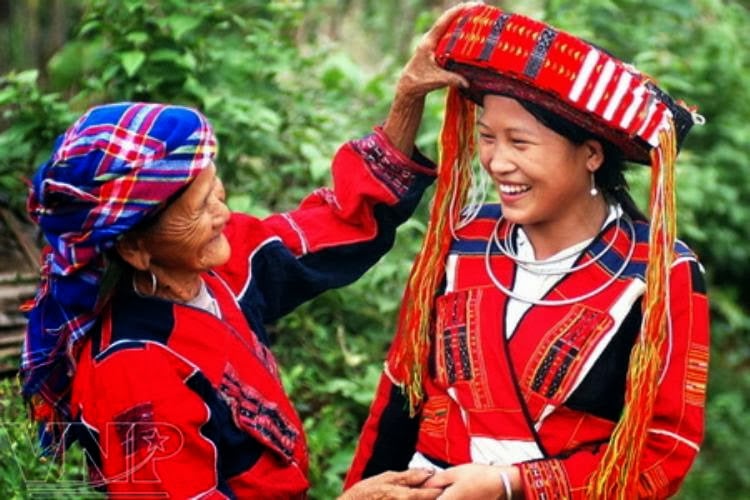
The pestle pulling festival is not only a time for the Pa Then people to rest after the harvest, but it is also an opportunity for them to worship the gods, pray for favorable weather, good crops for plants to grow, and help their lives become more favorable and stable.
.jpg_0.jpg)
When participating in the pestle pulling festival, all Pa Then boys wear new shirts, lame pants, decorate with two scarves crossed over the chest and use a white belt. Pa Then girls stand out more in bright red costumes, a female costume consisting of a scarf, shirt, belt, skirt, and apron. The main color of the Pa Then girls' costumes is red, but they can be combined with other bright colors such as white by patching fabric or weaving into stripes. The costumes have the bold colors of the Pa Then people and are all hand-woven by the women.
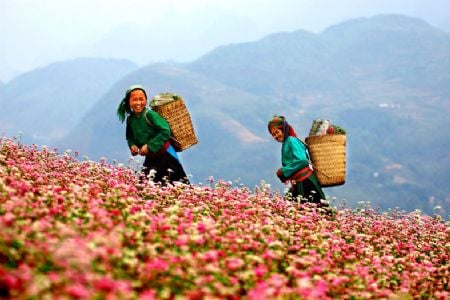
The Chay Festival of the Pa Then ethnic group is one of the festivals in Ha Giang with a high community character, an occasion for all villagers to have fun and relax after each bumper crop while praying for the gods to bless their people with prosperity and favorable weather in the following season. The unique Hoc festival attracts tourists to visit because of its unique cultural features as well as honoring the strong health of young people, the unique traditional costumes of girls as well as special culinary dishes./.





.jpg.jpg)




























